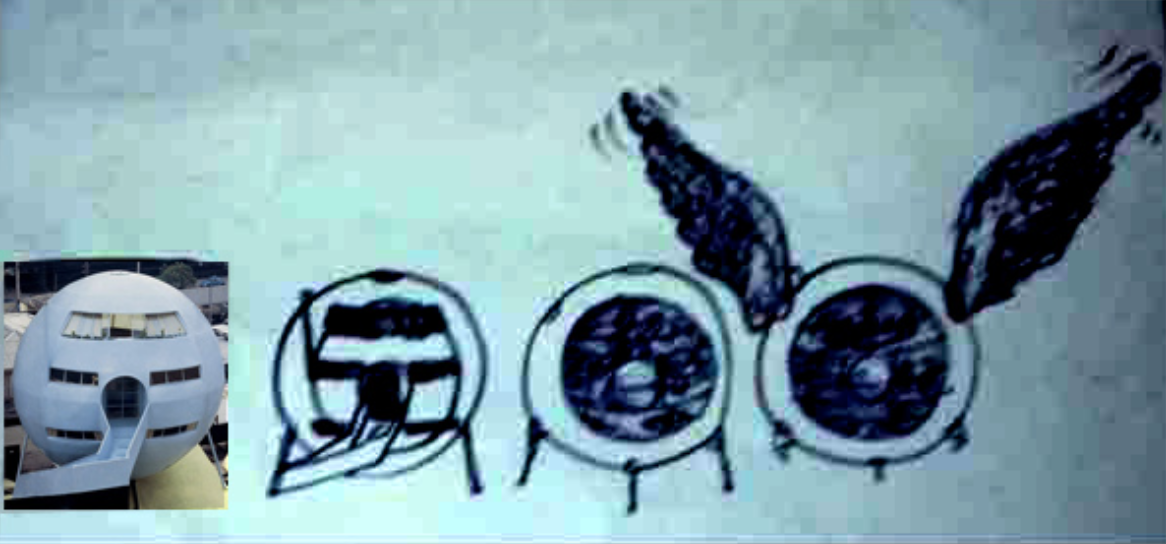Assignment
Write a “Gears” essay – a short essay on “evocative” objects from your childhood/youth which have had an important impact on your intellectual life, in the same spirit of Papert’s foreword to his book Mindstorms – available here: http://www.papert.org/articles/GearsOfMyChildhood.html
This is a typical assignment in constructionist course and many collections of such essays have been published by MIT Press. One of them is this book by Sherry Turkle: http://www.amazon.com/Falling-Science-Objects-Sherry-Turkle/dp/0262201720
“Gears” Essay
I knew I had aced the 8th grade Science exam. I wrote ‘I love science’ at the bottom of the last page – even though my conception of Science was infant. Mrs. Rotten-berg’s enthusiastic lessons linked the concepts with our everyday lives. It was the kind of information that resonated with me. History, Geography, English classes did not make my gears turn.
I suppose having a hands-on, futuristic architect as a father helped. I grew up going to construction sites with him, and we lived in a house he built. A spherical house, inspired by a tree whose footprint in minimal and surface area is maximized. He proposed to build spherical apartment complexes, that one day would be able relocate by flying around. Imagine if houses were built and researched the same way the car industry does. With this, I’ve been always fascinated with technology, design, and how human interacted with their environment, objects and tools.

While my father drew houses I tried to draw all-in-one media systems: a record player, with two cassettes, a radio, and the rotary phone integrated into the house. I would take apart these things, to the despair of my parents, and most of the times put them back together.
Seeing this, next Christmas I got Legos. I’d use the instructions to build the model once and then take it apart to build something new. Around the same time my school set up a computer lab with Apple IIe’s, LOGO on 5 1/4” floppy disks, and a LOGO turtle. I connected with the concept of programming immediately – just like building a Lego model, you build a set of commands for the model to perform.
Then I saw a Macintosh. I was fascinated with how it integrated images, text, and music in one box. I saw the possibilities of creating with it. I knew how hard it was to create architectural drawings on paper – make a small mistake, carefully scrape the ink off with a razor blade. Make a big one, start all over. There is no ‘undo’. Which made me always think about doing, creating, redoing, rethinking, and exploring.
Exposure early on to new technologies and an inquisitive stimuli was essential and paramount for my intellectual life. The mental freedom that is offered by simply knowing about the possibilities that are out there is enormous. To look at the world and your own capabilities with a growth mind set allows you to tinker with it, change it, and create in it.
The challenge is how to teach teachers to teach that in the classroom. How to encourage parents to encourage their kids to be inquisitive? How to change the culture of teaching from an industrialized process to a life-long skills based curriculum, with content, exploration, creativity, and interpersonal skills at its core? How to create curriculum that attend to the various demographics, socio-economic levels, cultural contexts, school organization styles, and policies?
I guess at this point in my life I am trying to integrate all of these questions and tools into one of the most complex issues facing humanity – education. How can we leverage technology’s media integration capabilities, mass distribution potential, community building tools with the research on cognitive processes, pedagogical best-practices, and content knowledge? I believe it is an eternal evolution with no silver bullet or definite answer.
“The more you know, the more you know you don’t know.”, Aristotle.
“The more I learn, the more I realize how much I don’t know.”, Einstein.